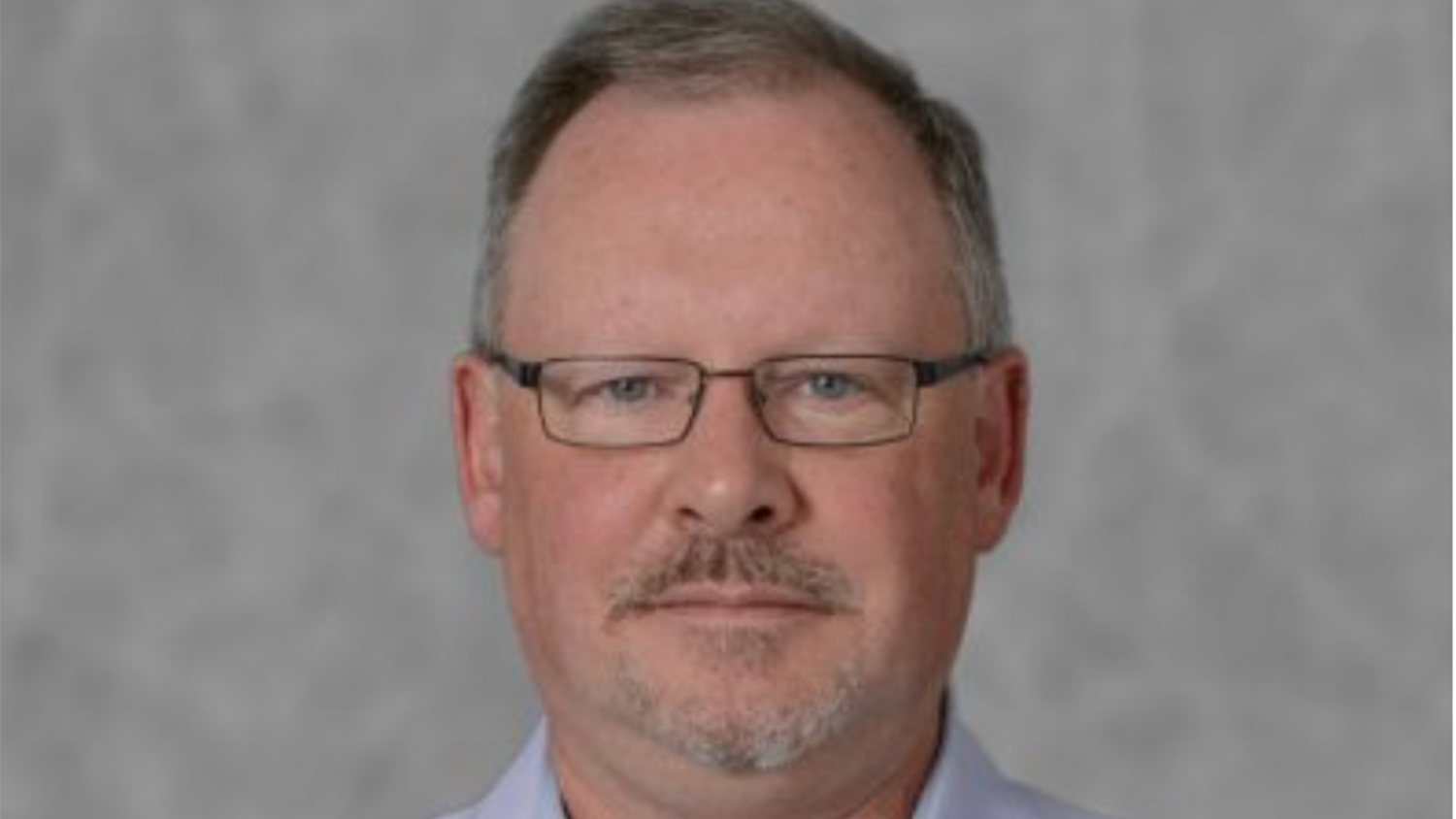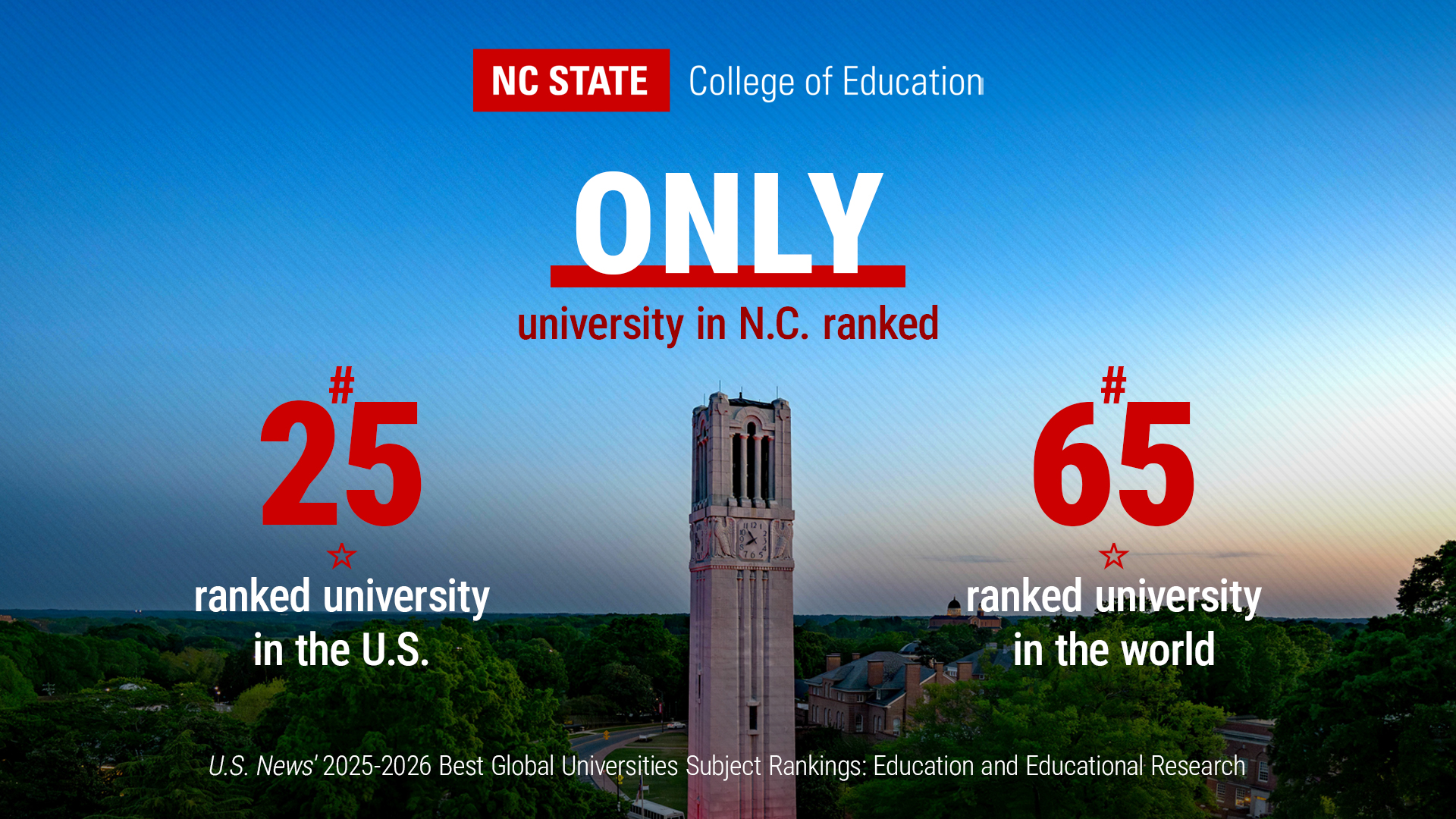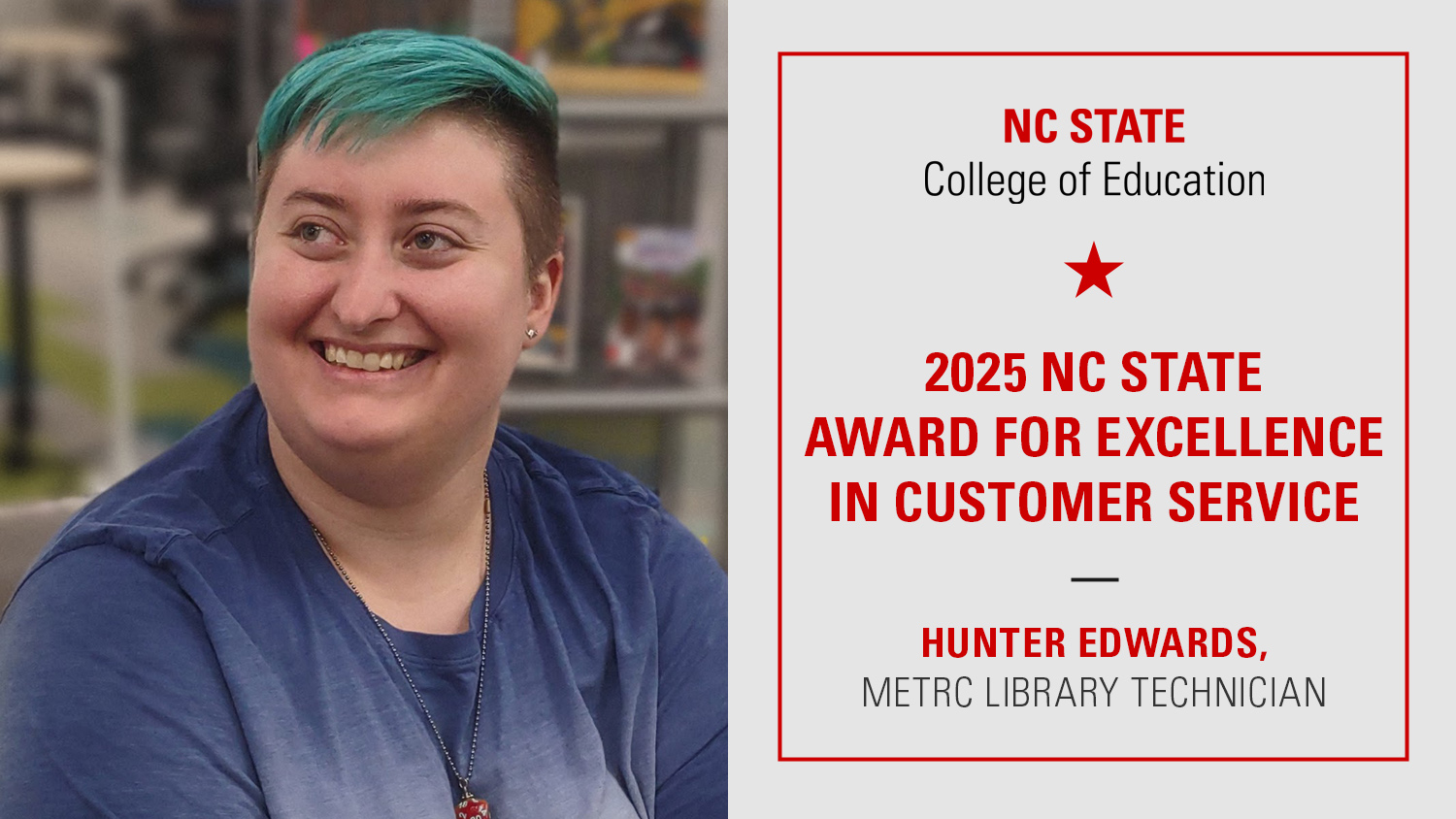Award-winning Paper Co-authored by Professor and STEM Education Department Head Aaron Clark Demonstrates Success of Modules Developed through NSF Grant

Aaron Clark, Ph.D., the head of the Department of STEM Education and a professor of technology, engineering, and design education at the NC State College of Education, is working to improve the success of engineering students and educators through research that resulted in two award-winning articles published over the past two years.
Clark is the co-author of “Active Learning in Engineering Graphics: An Analysis of Self-Efficacy for At-Risk and Not At-Risk Students,” which recently received the Editor’s Award from the Engineering Design Graphics Journal.
“It’s always a professional reinforcement that you’re doing the right thing and that people respect your work enough to give it an award and to me it shows the need for this type of research,” Clark said.
The paper is the first in a series of publications that stem from a National Science Foundation IUSE grant project that examines the impact Active Learning Modules have on the self-efficacy of students as they learn three-dimensional modeling. Clark is the project’s co-principal investigator.
As part of the project, Clark, along with colleagues from Texas Tech University and Embry-Riddle Aeronautical University, studied students in the College of Education’s Fundamentals of Engineering Graphics foundational course, with a particular focus on those deemed “at-risk” for dropping out of the program, including first-generation college students and women.
They developed the Active Learning Modules, which aim to make engineering graphics concepts understandable at a simple level, using real-world examples to help at-risk students grasp the pragmatic outcomes of a theoretical concept.
“A lot of people who meet any definition of being ‘at risk’ in engineering don’t have the necessary background knowledge. What we’re trying to do here is to get them to a fundamental understanding of what’s happening in engineering graphics,” Clark said. “It’s important to us to try to provide resources to students to make them successful. We want to make sure that we provide as much as we can to make sure these at-risk students are successful in the classroom.”
The 10 Active Learning Modules are representative of significant themes in engineering courses, are available for free to the public and intended for use by educators at the secondary and postsecondary levels. Each module includes reflection questions to help students assess their understanding and utilizes real-world objects like parachutes, buildings and museum displays to demonstrate the concepts.
The findings published in “Active Learning in Engineering Graphics” showed that the used of these modules made a significant difference in the three-dimensional modeling self-efficacy of women and students of color, who scored lower than their majority counterparts on assessments at the beginning of the course, but scored similarly to their classmates on the post-test after using the modules throughout the course.
“This is just one small piece of the big picture of being an engineer, but if we can help them with this one fundamental piece of visualization, we’re going to be able to influence them being able to finish their degree,” Clark said.
In addition to his work to help improve student success, Clark was also the co-author of “Profile of Workforce Development Educators: A Comparative Credential, Composition and Characteristic Analysis,” which was published in the Journal of Technology Studies and recognized with the journal’s Paul T. Hiser Exemplary Publication Award in 2018.
The paper examined national data to determine how workforce development educators, or Career and Technical Development (CTE) educators, compare to teachers in other STEM disciplines like mathematics and science.
The results found that workforce development teachers tended to be older, possess more field experience than math or science teachers and more frequently entered the teaching profession through alternative licensure rather than traditional teacher preparation programs. Educators in this field also tended to have more students with individualized education programs (IEPs) or who were English language learners.
The findings in that study, Clark said, are significant because they can help teacher educators better understand the classroom environments graduates will face and better prepare them for the task.
“Being a technology workforce development teacher, with one paper I’m looking at better ways to instruct students to be more successful in college. In the other one, I’m looking at data that tells me how to prepare a better teacher who I hope will someday help these students that we’re trying to serve with the materials I’ve helped create through the NSF study as well,” Clark said.
- Categories:


